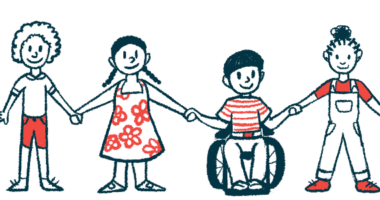
FAQs about SMARD1
Spinal muscular atrophy with respiratory distress type 1 (SMARD1) is an extremely rare type of spinal muscular atrophy (SMA) that typically presents in children between the ages of 6 weeks and 6 months. It presents as sudden respiratory distress, followed by muscle weakness.
No. On average, infants who are diagnosed with the genetic disorder do not live past the age of 13 months without respiratory support. Adults can be genetically tested to see if they are carriers of mutations in the IGHMBP2 gene, which are linked to spinal muscular atrophy with respiratory distress type 1 (SMARD1) development.
SMARD1 is an extremely rare subtype of spinal muscular atrophy (SMA). Infants with SMARD1 present with sudden respiratory failure, followed by muscle weakness. Infants with SMA generally develop symptoms in the reverse order; muscle weakness followed by difficulty breathing.
At this point there is no cure for SMARD1. Instead, treatment focuses on easing symptoms, including artificial ventilation for breathing, and physical therapy to build muscle strength.
Gene therapy is being investigated in clinical trials for SMARD1, but it is not yet considered a viable treatment.
Related Articles
 Fact-checked by
Fact-checked by 




